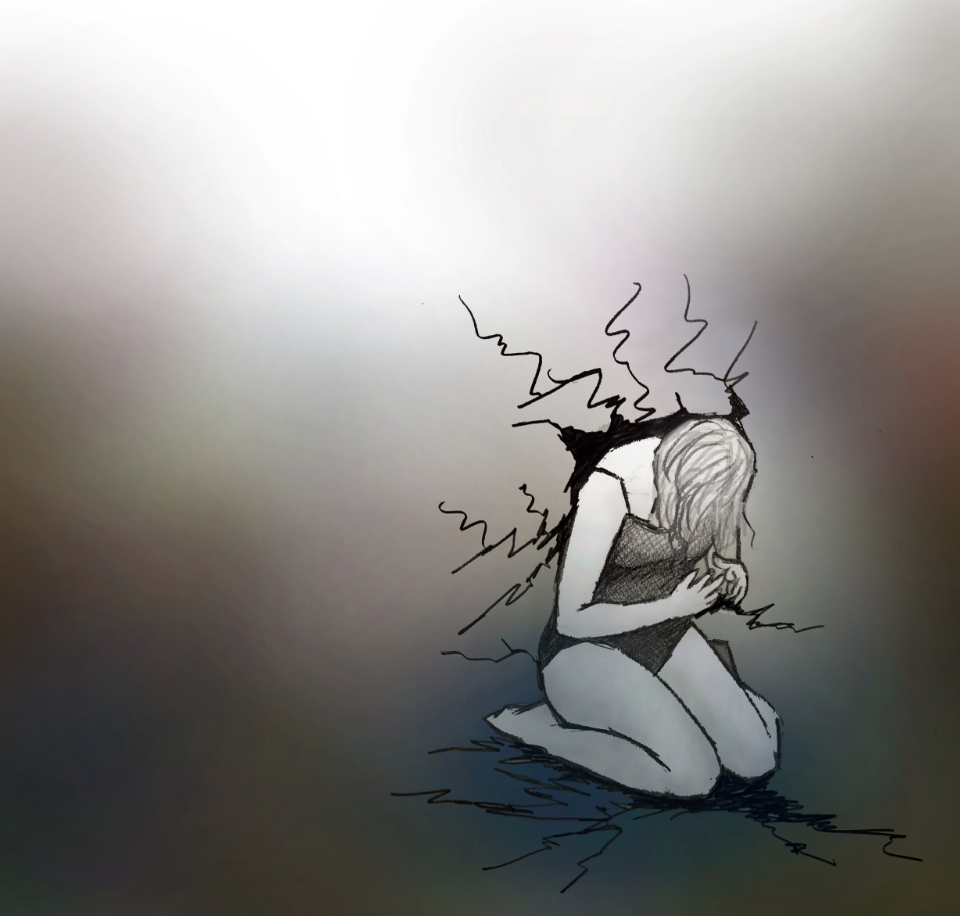
A new Yale study has helped explain the role of pain in obese patients suffering from Binge Eating Disorder.
Researchers examined 152 obese patients who were seeking treatment for BED and evaluated their pain levels, depression levels, binging habits and metabolic risk factors. Using statistical analysis, the researchers concluded that even though female patients experienced more pain distinct from BED overall than male patients, greater pain levels only correlated with increased binge frequency in men, not women. The study’s findings could have implications for clinical practices. Since increased physical pain in men is associated with more frequent binges, physicians may choose to provide extra screening or counseling to men who fall into this higher risk group. It could point to interventions centered on alleviating pain, according to the researchers.
“Like many other studies, with different samples, we found that women with BED reported more pain than men,” said Robin Masheb, the study’s lead author and a researcher at the Yale School of Medicine. “The really surprising finding though, was that pain was associated with more frequent binge eating in men but not women.”
Researchers employed the “Brief Pain Inventory,” a standardized measure of pain, to test patients’ levels of distress. They also asked patients about the frequency and duration of their binges –and measured patients’ metabolic risk factors, such as cholesterol levels, triglyceride levels and waist circumference. The researchers also controlled for depressive symptoms — which are frequently associated with greater pain levels — using the Beck Depression Inventory. After taking all these factors into account, the study authors were able to pinpoint differences in how pain in men and women correlated with binge frequency.
According to the paper, obesity is one of the greatest contributors to chronic pain. Excess weight strains the musculoskeletal system, which can result in back pain, headaches and soreness after walking. The paper also referred to previous epidemiological studies which have established that women are more likely than men to experience more severe and frequent pain as well as chronic pain.
According to National Eating Disorders’ Association, BED was first officially recognized in the DSM V, a diagnostic manual of disorders released in May 2013. Masheb noted that no previous research had been done about the role of pain in BED. Masheb, who was trained as a clinical health psychologist and had interests in both eating behavior and pain, said the study was a natural extension of her previous interests.
BED is a serious illness characterized by regular episodes of eating unusually large amounts of food accompanied by feeling out of control, Masheb said. In order to fit the official diagnosis, binges must occur at least once per week for a period of at least three months.
Marc Potenza GRD ’93 MED ’94, a professor of psychiatry at the Yale School of Medicine who was not affiliated with the study, noted that there are some “similarities between [BED] and other conditions characterized by poor impulse control or addictive tendencies.” He added that, like individuals who struggle with gambling problems, alcoholism and regular tobacco consumption, individuals suffering from BED show a muted neural response when anticipating monetary reward.
BED also carries a social stigma, according to NEDA. But BED is a treatable illness, and common interventions include some antidepressants, cognitive behavior therapy and a regimented schedule of meals.
According to NEDA, up to 3 percent of Americans have suffered from BED at some point.







